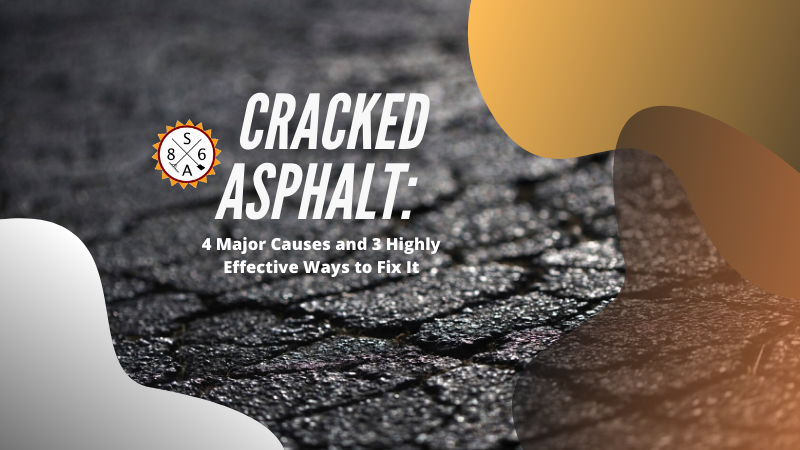
May 26, 2020 | Asphalt Paving
It is important for everyone to keep their driveways, parking lots, and other asphalt surfaces in good condition. This will help the property maintain its value, which is important for every real estate investment. As asphalt ages, it may start to crack. It requires...

May 15, 2020 | Construction
Business owners commonly think about cracks and damage that lead to asphalt repair; however, it is just as important to think about parking lot drains as well because parking lot repair can be expensive. Water is a good thing when it comes to parking lots; however,...

Apr 24, 2020 | Asphalt Paving
Asphalt pavement is the most commonly used material the world over for roads, airport tarmacs, parking lots, and driveways because it is very durable, resilient, cost-effective, and quick and easy to put down. When proper inspection and asphalt maintenance is...

Apr 8, 2020 | Asphalt Paving
Fuel efficiency in motor vehicles has been a major concern ever since the 1970s and has garnered even more attention in recent years due to the global warming debate. Interested parties include environmentalists, government agencies, vehicle manufacturers, the...

Feb 16, 2020 | Asphalt Paving
One of the more important decisions for a commercial space is the design of the parking lot. These lots should be safe to drive in, comfortable for customers to use, and compliant with regulations. However, there are no one-size-fits-all parking space dimensions in...









